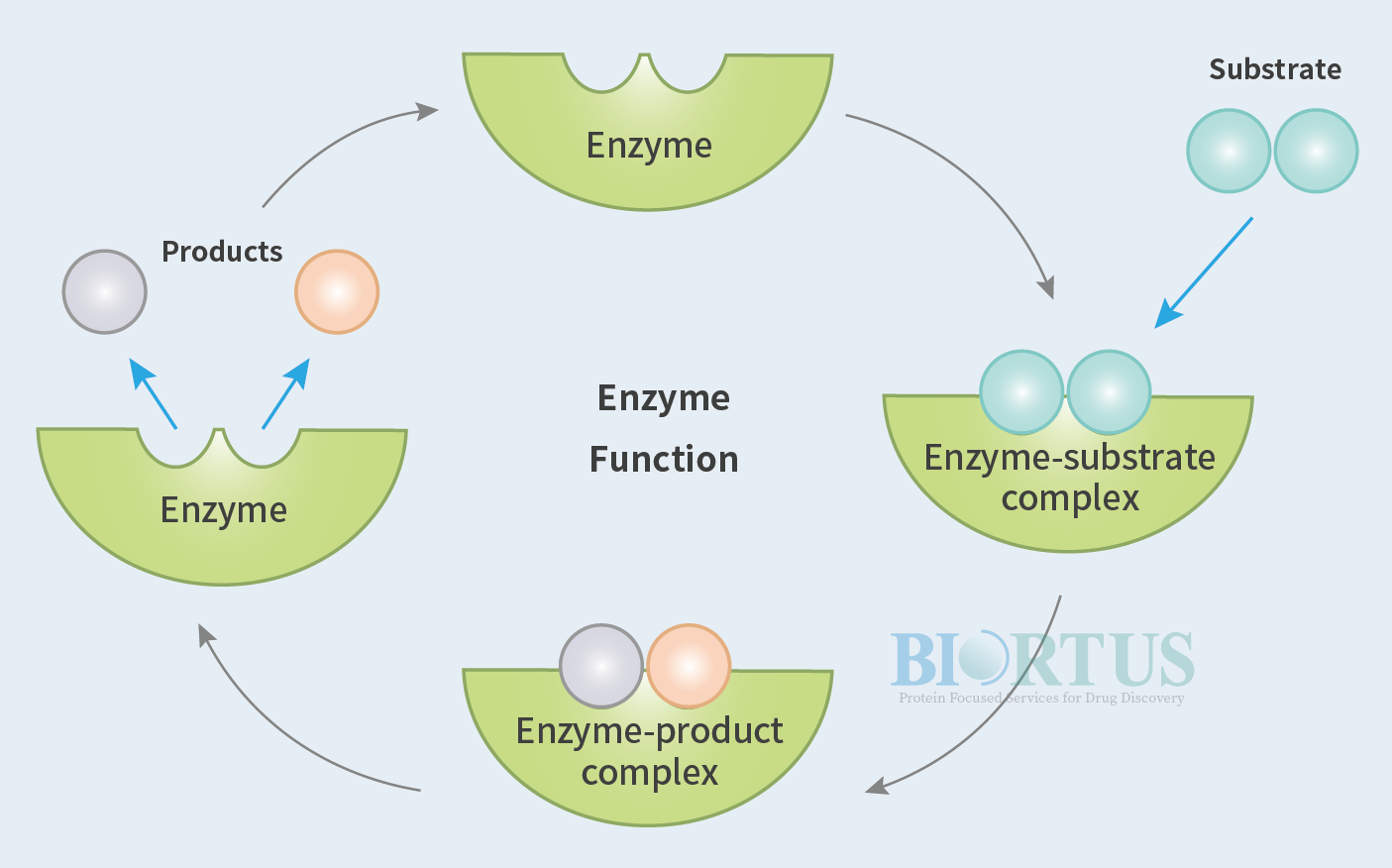Enzyme and protease
Enzymes are biological catalysts that speed up chemical reactions in living organisms by lowering the activation energy required for the reaction to proceed. They are essential for many processes, including digestion, metabolism, and DNA synthesis.
Enzymes have specific regions called activesites where substrates bind and undergo transformation. The shape and chemical properties of the active site are complementary to the substrate, ensuring specificity.
Enzymes work by stabilizing the transition state of a reaction, which lowers the activation energy needed for the reaction to proceed. This is achieved by forming an enzyme-substrate complex. Some enzymes require cofactors, which are non-protein molecules, or prosthetic groups, which are tightly bound to the enzyme, to be active. Cofactors can bemetal ions or organic molecules like vitamins. Enzyme activity can be regulated at various levels, including synthesis, post-translational modification, and bythe presence of inhibitors or activators.
Enzymes, including proteases, have applications in various industries such as food and beverage, pharmaceuticals, and biotechnology. For example, rennet, which contains the protease chymosin, is used in cheese production.
Ongoing research is focused on understanding the structure and function of enzymes and proteases, their roles in disease, and the development of enzyme-based therapies and diagnostic tools.


 Drug Targets
Drug Targets 
